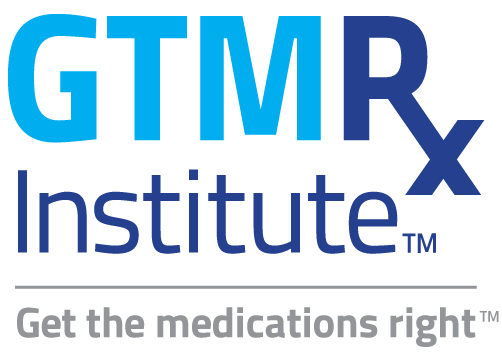 By Terry McInnis, president, Blue Thorn Inc. | June 2016
By Terry McInnis, president, Blue Thorn Inc. | June 2016
You’re close: Few areas in health care can claim a positive ROI while improving outcomes and satisfaction. Comprehensive medication management, or CMM, is one that can. CMM is the subject of a report by Health2 Resources and my firm, Blue Thorn Inc. Get the medications right™: a nationwide snapshot of expert practices–Comprehensive medication management in ambulatory/community pharmacy was sponsored by a grant from the Community Pharmacy Foundation.We knew, even before we began our research, that CMM improves outcomes and controls costs when targeted to high-risk populations. But just how significantly CMM bent the cost curve astonished even me, and I’ve been studying this for a long time.The CMM programs featured in Get the medications right™ were at different points of maturity, and reported a range of savings. Each example was unique in scope and population, so direct comparisons are impossible. Still, CMM programs in the literature consistently demonstrate cost savings, just like the practices featured in our research.
Perhaps the biggest surprise was HealthPartners in Minnesota–a health plan. A robust financial analysis uncovered an 11:1 ROI for CMM; this led to the plan’s decision to offer CMM to all its beneficiaries (85 percent of which are commercial customers) with a pharmacy benefit. As HealthPartners puts more risk on the shoulders of providers, it demonstrates that pharmacists, as part of the care team, can reduce costs and improve outcomes. This should be a wake-up call for other health plans!
- Goodrich Community Pharmacy reported that, with CMM, medication costs remained flat while other costs of care went down. In fact, medication costs often increase in CMM programs, but they are more than offset by declines in overall cost of care.
- The Center for Healthy Hearts reported an 86 percent reduction in inappropriate emergency department use for one cadre of uninsured patients. That makes for a significant reduction in total cost of care for the hospital.
- At William S. Middleton Memorial Veterans Hospital, CMM services contributed to a 27 percent reduction in primary care workload.
There are several reasons CMM enhances the bottom line:
- CMM often targets the most complex–and most costly–cases.
- CMM reduces physician workload, opening access and allowing physicians to meet the acute needs of more patients. More patients get the appropriate care they need.
- CMM programs have demonstrated reductions in emergency department and hospital admissions, as well as improvements in chronic conditions and other illnesses.
All of this has a powerful impact on patients, providers and ROI.
Margin and mission: Accomplished!
“No margin, no mission. In order to have the opportunity to work with patients to optimize the use of medications–which is what pharmacists are trained to do–it also has to make financial sense to your organization to deploy pharmacists in this manner.”

